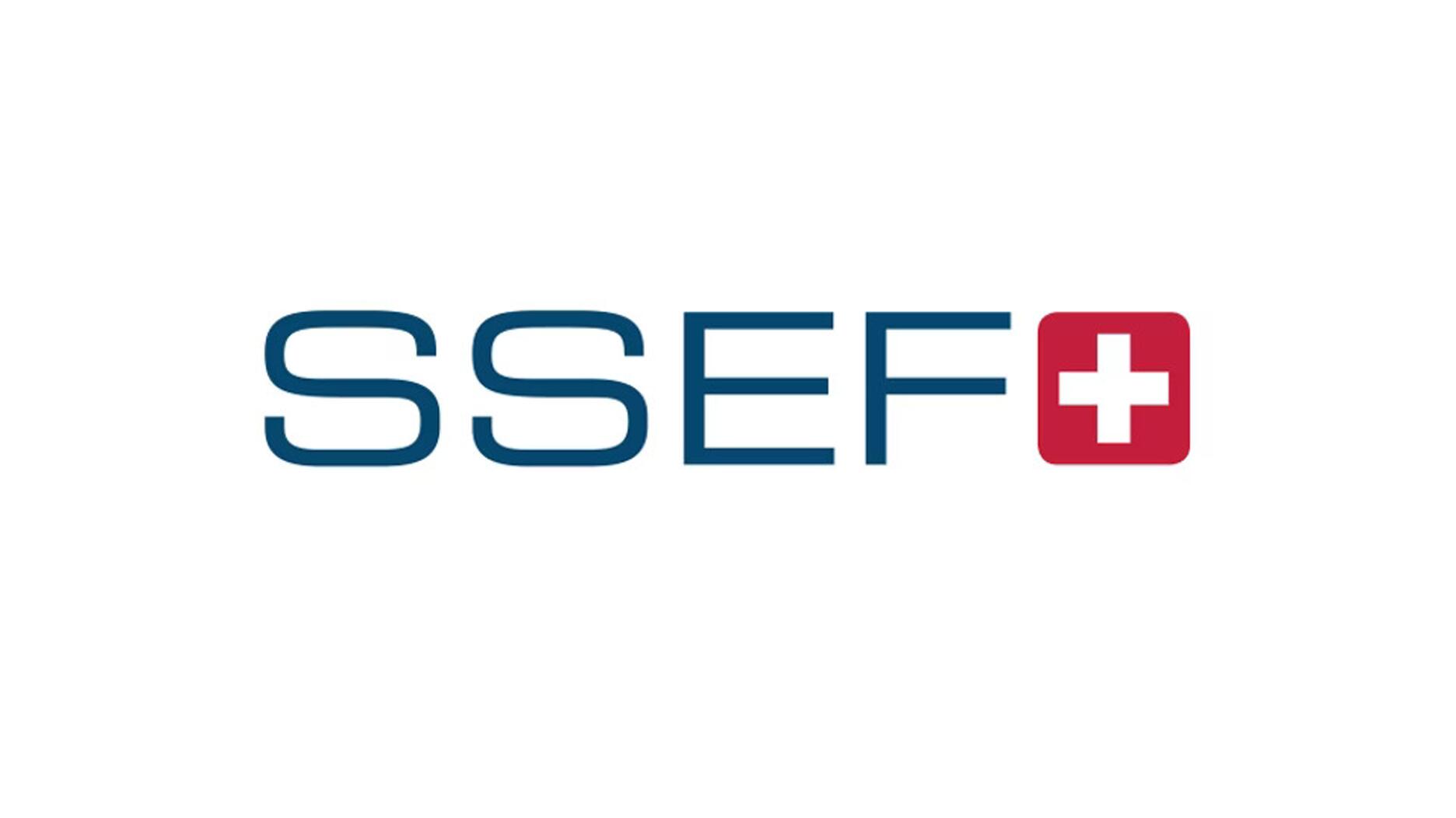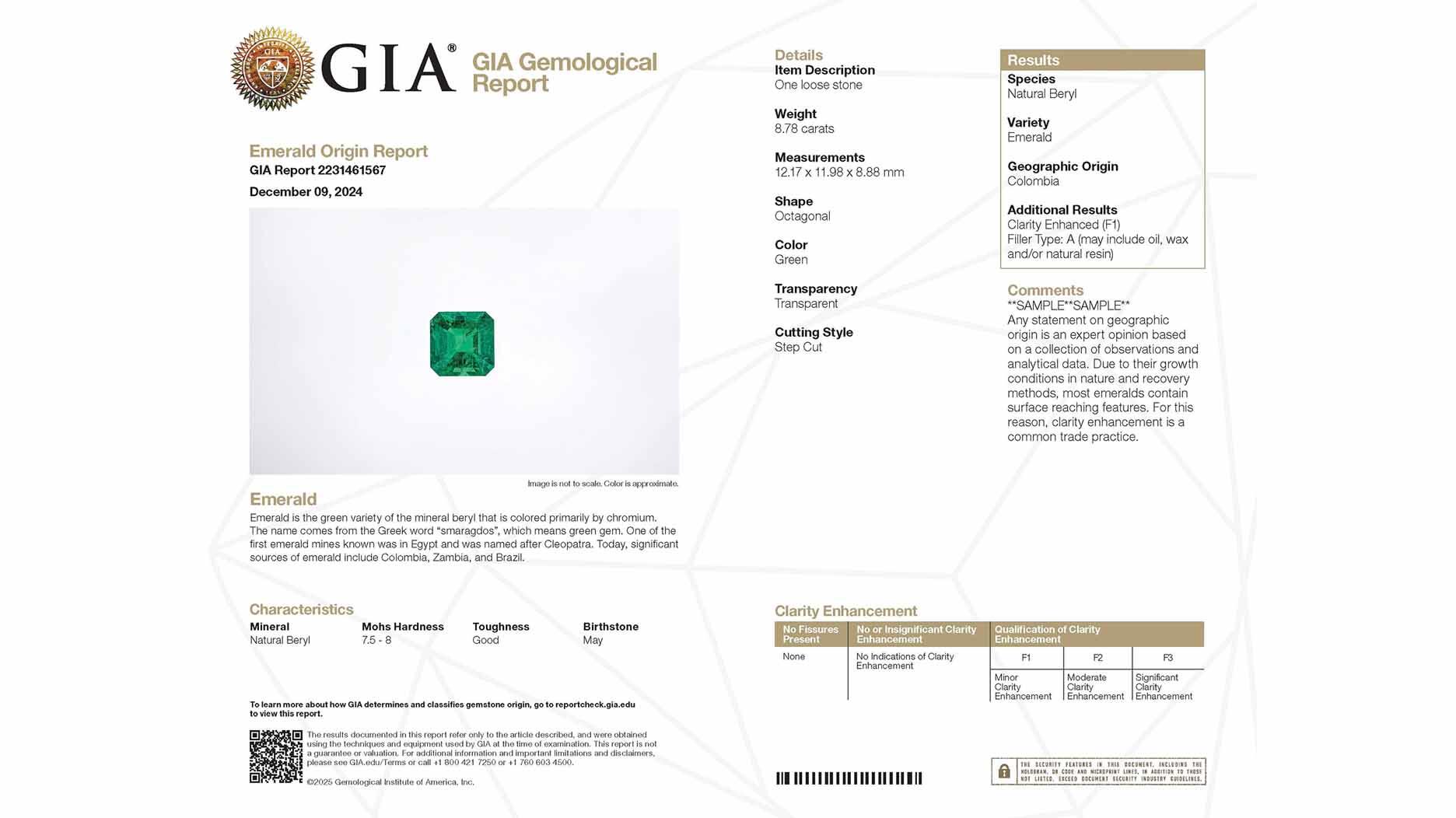A Detection Dictionary
Having the right testing equipment is as necessary as a scale for any diamond business today, but selecting the right machine isn’t easy.

This past summer, diamond dealers, manufacturers, and designers were presented with a rare opportunity—to see and experiment with more than a dozen diamond testing instruments in one room.
Held at 580 5th Ave. in New York’s Diamond District, the Diamond Technology Showcase featured instruments from De Beers, Alrosa, the Gemological Institute of America and other manufacturers, pieces of equipment that are vital for any fine jewelry business today.
Lifelong diamantaire Matthew Schamroth, a vice president of the Diamond Manufacturers & Importers Association of America and head of the DMIA’s Diamond Integrity Committee, likens the necessity of these instruments to something as simple as a scale.
“You can’t open your doors without a diamond scale. You have to know the weight of what you’re sending to somebody.”
Dealers, wholesalers, designers, manufacturers, and retailers today also need to know: Exactly what do I have in front of me? Is it a natural diamond, a lab-grown diamond, or a diamond simulant?
They are straightforward questions but, unfortunately, there is no one machine that can provide all the answers.
When National Jeweler did a roundup of diamond testing devices in 2018, several of the experts interviewed noted there is no “magic bullet,” meaning one device that does everything and is relatively compact and affordable.
The same holds true today. Companies often use a combination of machines in concert and, in some cases, have to submit stones to a grading lab for final verification.
“What device you use depends on what your needs are,” Schamroth told National Jeweler when one of its editors visited the showcase in July.
Companies need to ask themselves: How do goods flow through the office? What technology, if any, is the company currently using to screen diamonds? And, if the company has multiple devices, is it incorporating all the technology that’s out there?
It’s also worth pointing out there are very few detection devices on the market today, meaning instruments that give the user a definitive result of a natural or lab-grown diamond.
Most instruments are screening devices, meaning they “screen out” potential lab-grown diamonds, diamond simulants, and/or treated material that require further testing.
Again, there are no easy answers.
What follows on these pages is a breakdown of the devices National Jeweler was introduced to at the Diamond Technology Showcase along with a summary of what each machines does, what type of company uses it, and its cost.
Also listed are three rates measured by the Assure Program, the Natural Diamond Council’s testing regimen for diamond verification instruments.
As defined by Assure, the false positive rate measures the ratio of lab-grown diamonds that are mistakenly identified as natural by each machine. A rate of 0% is most preferable; the higher the percentage, the higher the risk of passing a lab-grown diamond as a natural diamond or simulant.
The diamond accuracy rate refers to the ratio of natural diamonds correctly identified as natural. Overall, a higher rate is preferred, although it is worth noting that this rate does not factor in the false positive rate.
The majority of instruments listed also have a referral rate. The referral rate is the percentage of stones that cannot be positively identified as natural diamonds; the higher the percentage, the more stones that will require further testing.
Companies can use the “Assure tested” sticker on their devices for two years.
After that, manufacturers need to submit them for renewal of their certification in order to keep referring to the machine as Assure tested, NDC’s Head of External Affairs and Industry Relations Raluca Anghel explains.
She says some instruments were up for renewal earlier this year, but their manufacturers were granted an extension in order to allow the Assure Program time to open a second lab in Antwerp (testing will continue at the Underwriters Laboratories facility in Canton, Massachusetts), and to update its sample of testing stones to reflect the latest lab-grown diamond manufacturing technologies.
In addition, updated sample sets will be tested in triplicate for the first time, uncertainty ranges will be reported for all metrics, and Assure will introduce jewelry testing with a mounted stone sample set.
Some manufacturers confirmed to National Jeweler their plans for submitting, or resubmitting, their machines for Assure testing this fall; those are noted in the text.
Rates included in the description of each machine reflect the results of the original round of Assure testing, unless otherwise indicated.
Updated information on their performance will be available on the Assure website, as well as in the digital version of this story, when available.
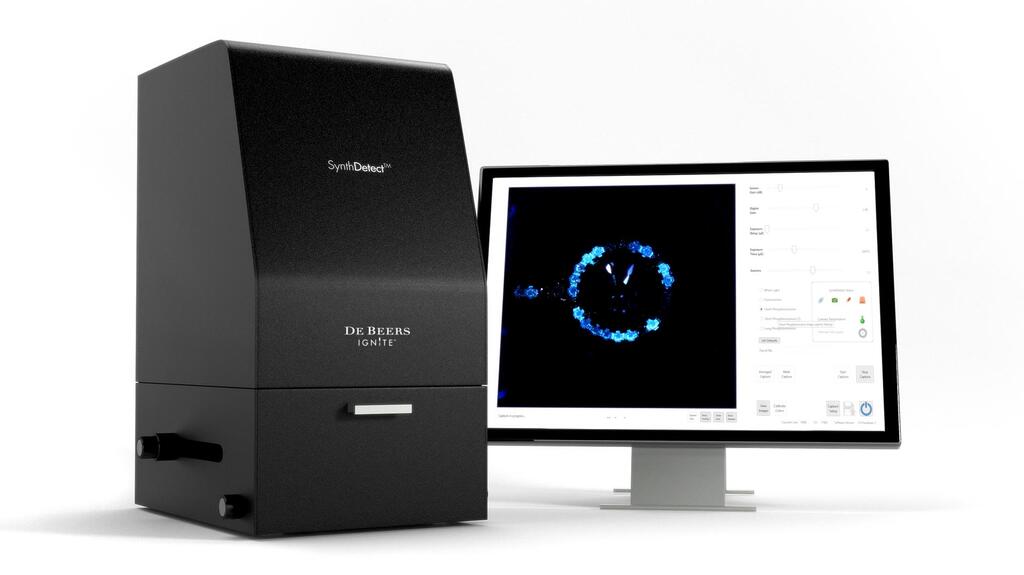
De Beers DiamondSure*
Can Screen For: Lab-grown diamonds, diamond simulants
Capability: Loose and mounted goods, D-J color, 0.05-10 carats
Skill Level of Operator: Novice
False Positive Rate: 0%
Referral Rate: 4.7%
Diamond Accuracy Rate: 95.3%
Used By: Diamond dealers, diamond and jewelry
manufacturers, retailers, buyers, and gem labs
Size: Portable and Desktop
Cost: $18,200
De Beers DiamondView
Can Detect: Lab-grown diamonds
Capability: Loose and mounted goods, all colors, 0.05-10 carats
Skill Level of Operator: Expert
False Positive Rate: 0%
Diamond Accuracy Rate: 100%
Used By: Large-scale wholesalers, cutting and polishing sites, jewelry manufacturers, and gem labs for final verification of stones referred from other machines
Size: Desktop
Cost: $35,000-$36,000
De Beers SynthDetect
Can Screen For: Lab-grown diamonds, diamond simulants
Capability: Loose and mounted goods, D-J color, 0.001-100 carats
Skill Level of Operator: Novice
False Positive Rate: 0%
Referral Rate: 0.7%
Diamond Accuracy Rate: 98.1%
Used By: Companies at all points along the polished diamond pipeline
Size: Desktop
Cost: $18,000-$22,500
De Beers Automated Melee Screening 2 (AMS2)
Can Screen For: Lab-grown diamonds, diamond simulants
Capability: Loose goods only, D-J color, 0.90 mm-3.80 mm (round brilliants) and 1-4 mm (fancy cuts)
Skill Level of Operator: N/A (automated)
False Positive Rate: 0%
Referral Rate: 0.7%
Diamond Accuracy Rate: 99.1%
Used By: Large-scale diamond wholesalers, cutting and polishing sites, jewelry manufacturers, and gem labs
Size: Desktop
Cost: $45,000
*De Beers’ instruments were last Assure tested in March 2019 and will be submitted for testing again in fall 2021.
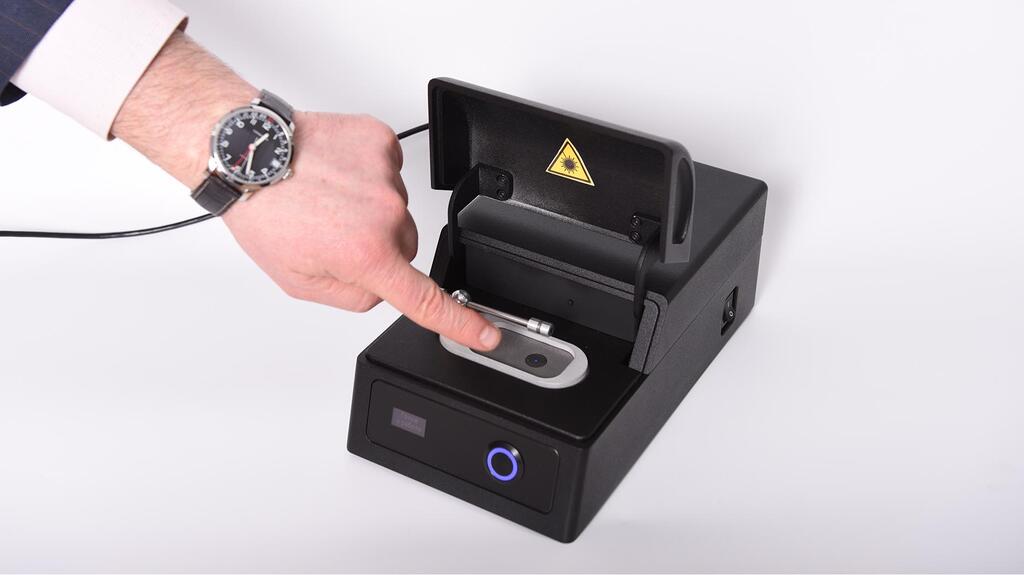
Alrosa Diamond Inspector*
Can Screen For: Lab-grown diamonds
Can Detect: Diamond simulants
Capability: Loose and mounted goods, D-J color, 0.03-10 carats
Skill Level of Operator: Novice
False Positive Rate: 0%
Referral Rate: 3.6%
Diamond Accuracy Rate: 96.4%
Used By: Jewelers, jewelry stores, gemologists, gem labs, diamond traders, and pawnshops
Size: Portable
Cost: $5,799
*Alrosa’s Diamond Inspector was last Assure tested in July 2019 and will be submitted for testing again in fall 2021.
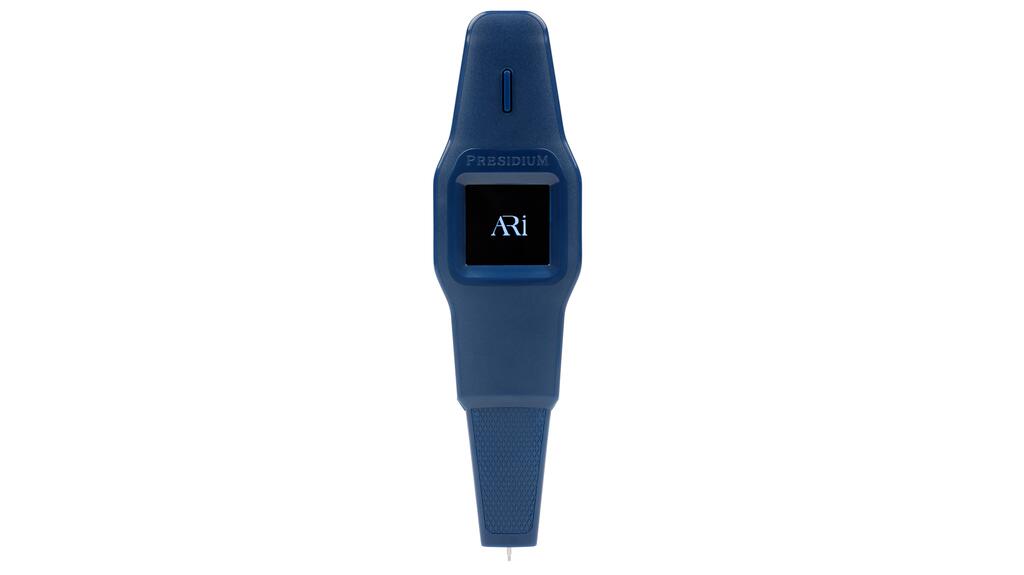
Ari by Presidium
Can Screen For: Lab-grown diamonds
Can Detect: Moissanite
Capability: Loose and mounted goods, D-J color, 0.02-10 carats
Skill Level of Operator: Novice
False Positive Rate: 6%
Referral Rate: 4.5%
Diamond Accuracy Rate: 95.5%
Used By: Jewelry manufacturers, independent and chain retailers, and pawnbrokers
Size: Portable
Cost: $1,199
Presidium Synthetic Diamond Screener II (SDS II)
Can Screen For: Lab-grown diamonds
Capability: Loose and mounted goods (open-back setting), D-J color, 0.02-10 carats
Skill Level of Operator: Novice
False Positive Rate: 0%
Referral Rate: 15.5%
Diamond Accuracy Rate: 84.5%
Used By: Jewelry manufacturers, independent and chain
retailers, and pawnbrokers
Size: Desktop
Cost: $599
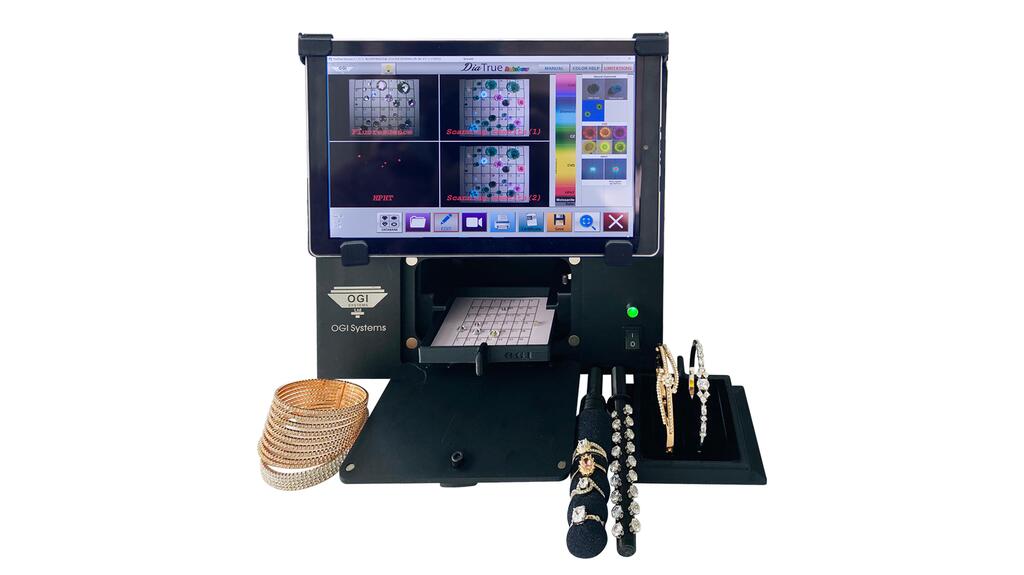
OGI Systems DiaTrue CS
Can Detect: Lab-grown diamonds, diamond simulants, treated diamonds
Capability: Loose and mounted goods, D-J color, 0.001 carat and up
Skill Level of Operator: Novice
False Positive Rate: 4%
Referral Rate: 0%
Diamond Accuracy Rate: 93.7%
Used By: Retailers, manufacturers, pawnshops, and grading labs
Size: Portable
Cost: $6,500
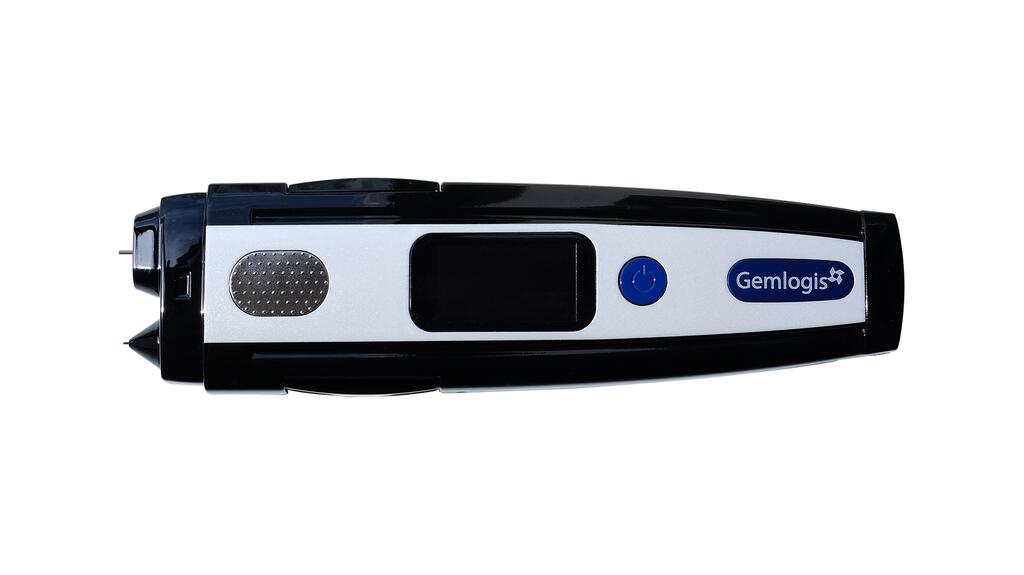
Gemlogis Belize*
Can Detect: Lab-grown diamonds, diamond simulants
Capability: Loose and mounted goods, D-J color, 0.02 carats and up
Skill Level of Operator: Novice
False Positive Rate: 0%
Referral Rate: 6.9%
Diamond Accuracy Rate: 92.3%
Used By: Retailers (large and small), diamond buyers, pawnshops, and jewelry designers
Size: Portable
Cost: $999
*Gemlogis’ Belize was last Assure tested in December 2020 and will be submitted for testing again in fall 2021.
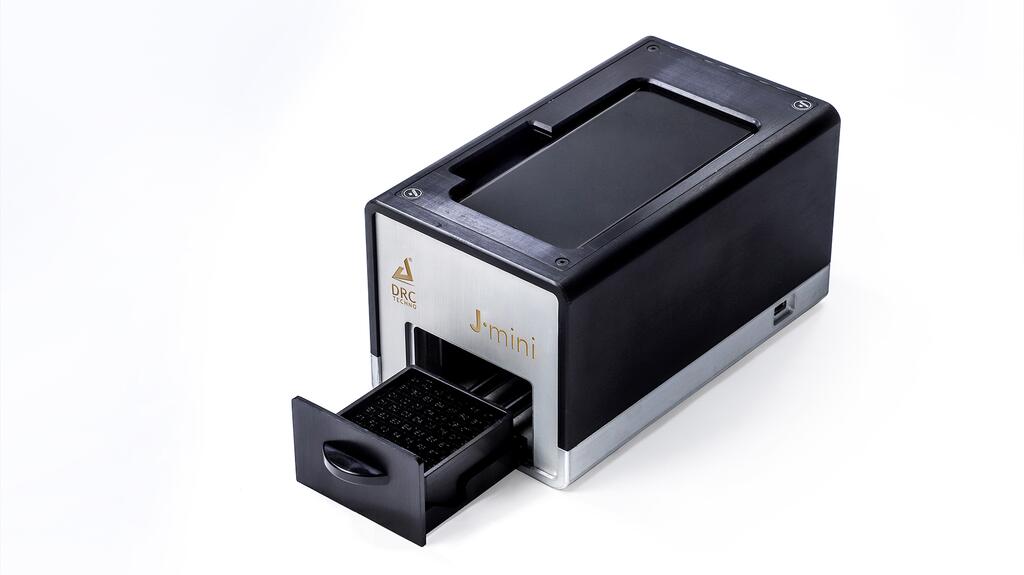
DRC Techno J-Smart Pro*
Can Screen For: Lab-grown diamonds
Capability: Loose and mounted goods, D-K color, 0.003 carats and up
Skill Level of Operator: Novice
False Positive Rate: 0%
Referral Rate: 1%
Diamond Accuracy Rate: 98%
Used By: Larger manufacturers and jewelers, mostly
to screen mounted jewelry
Size: Desktop
Cost: $22,499
DRC Techno J-Detect Pro
Can Detect: Lab-grown diamonds
Capability: Loose and mounted goods, D-K color, 0.003 carats and up
Skill Level of Operator: Novice
False Positive Rate: 0%
Referral Rate: 1%
Diamond Accuracy Rate: 98%
Used By: Smaller manufacturers and retail jewelers, mostly to screen mounted jewelry
Size: Desktop
Cost: $11,999
DRC Techno J-Mini Pro
Can Detect: Lab-grown diamonds
Capability: Loose and mounted goods, D-K color, 0.003 carats and up
Skill Level of Operator: Novice
False Positive Rate: 0%
Referral Rate: 1%
Diamond Accuracy Rate: 98%
Used By: Independent retailers and pawnshops, mostly to scan jewelry bought from the public
Size: Portable
Cost: $4,499
*The false positive, referral and accuracy rates for DRC Techno’s machines have not yet been verified by Assure, but DRC Techno said they have different bodies and software than their predecessors and are “distinctive and better.” All three are being submitted for testing in fall 2021.

GIA iD100
Can Screen For: Lab-grown diamonds, diamond simulants
Capability: Loose and mounted goods, colorless and near-colorless as well as brown, blue to green and pink colored diamonds, 0.005 carats and up
Skill Level of Operator: Novice
False Positive Rate: 0%
Referral Rate: 3.3%
Diamond Accuracy Rate: 96.7%
Used By: Retailers, jewelry designers and bench jewelers, and jewelry manufacturers
Size: Portable
Cost: $5,495 (pink diamond software update available for an additional fee)
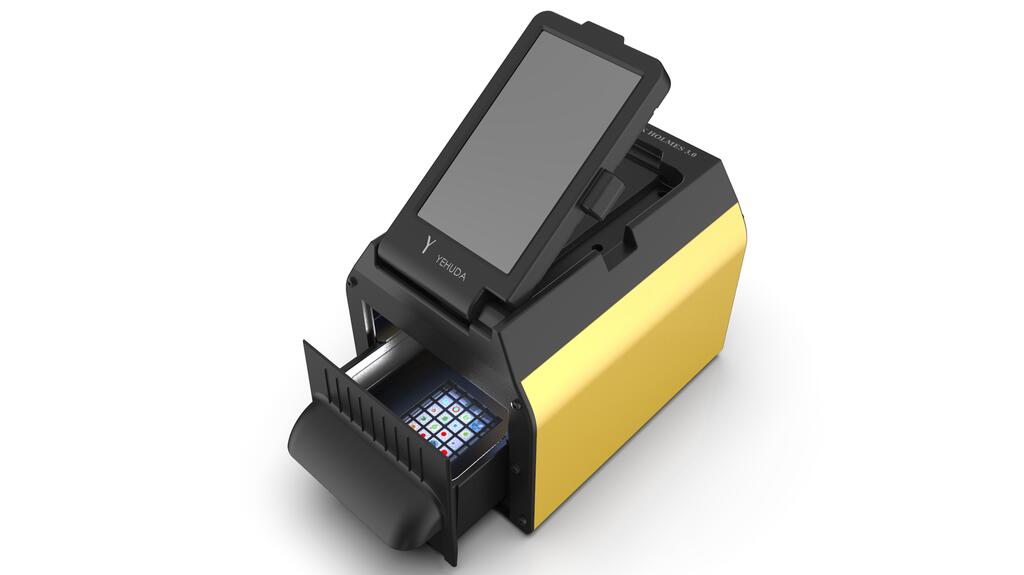
Yehuda Sherlock Holmes Detector 3.0*
Can Detect: Lab-grown diamonds
Capability: Loose and mounted goods, D-K color, all weights
Skill Level of Operator: Novice
False Positive Rate: 0%
Diamond Accuracy Rate: 97.5%
Used By: Companies of all sizes at all points in the supply chain
Size: Portable
Cost: $6,745
*The false positive rate and accuracy rates for the Sherlock Holmes Detector 3.0 have not yet been verified by Project Assure but Yehuda notes that the 3.0 has the same detection devices and body as the 2.0. The Sherlock Holmes Detector 3.0 is being submitted for testing in fall 2021.
SmartPro Screen-I
Can Detect: Lab-grown diamonds
Capability: Loose and mounted goods,
D-J color, 0.01-12 carats
Skill Level of Operator: Novice
False Positive Rate: 0%
Referral Rate: 10.5%
Diamond Accuracy Rate: 89.5%
Used By: Retailers, small manufacturers,
manufacturers, and gem labs
Size: Portable
Cost: $639
The Latest

The couple pleaded guilty to concealing at least $127 million in cash transactions at its precious metals businesses.

Consumers shared concerns about prices, inflation, tariffs, trade, and politics in the survey’s write-in response section.

In February 2026, the auction house will move its headquarters to the former Steinway Hall, a neoclassical landmark on Billionaires’ Row.

How Jewelers of America’s 20 Under 40 are leading to ensure a brighter future for the jewelry industry.

The new show will take place Jan. 23-25, 2026.


The former BHP Billiton leader and Gemfields chairman is remembered for his influential leadership throughout his 50-year mining career.

The LVMH-owned brand has partnered with the costume design union to revamp its award for 2026.

Roseco’s 704-page catalog showcases new lab-grown diamonds, findings, tools & more—available in print or interactive digital editions.

The luxury titan inked a deal to acquire an initial minority stake in the jewelry manufacturer with a pathway to full ownership by 2032.

The company’s curation of unsigned vintage and estate jewelry debuted at the Bloomingdale’s in Costa Mesa, California.

In the recent multi-shipment seizure, CBP also found counterfeit Audemars Piguet, Moncler, and Chrome Hearts items.

Helzberg’s Chief Retail Officer Mitch Maggart shared details about its tests of a new store concept rooted in an elevated luxury experience.

Jewelers of America execs and National Jeweler editors discuss tariffs, the sky-high gold price, and the engagement that broke the internet.

The luxury goods company said founder Ippolita Rostagno will remain at the brand’s helm.

Laura Burdese, who joined the Italian luxury brand in 2022, will take on the role in July.

The National Jeweler editors revisit the most noteworthy industry happenings and design trends from 2025.

Need a gift for the cat lover who has everything? Look no further than our latest Piece of the Week.

It purchased the “Grosse Pièce,” an ultra-complicated Audemars Piguet pocket watch from the ‘20s, for a record-breaking price at Sotheby’s.

The lab-grown diamond grower now offers custom engagement and fashion jewelry through its Kira Custom Lab Jewelry service.

Chandler got his start at Michelson Jewelers and has served as DCA president and CEO since 2001. He will retire at the end of the month.

The boutique is slated to open this week inside Terminal 8, offering pre-owned Rolex watches and more to international travelers.

Sponsored by Digital Monitoring Products

The special-edition egg pendant ingested in a New Zealand jewelry store was recovered after a six-day wait.

Associate Editor Natalie Francisco plays favorites with Piece of the Week, selecting a standout piece of jewelry from each month of 2025.

The “Love and Desire” campaign is inspired by the magic that follows when one’s heart leads the way, said the brand.

Berta de Pablos-Barbier will replace Alexander Lacik at the start of January, two months earlier than expected.

Sotheby’s held its first two jewelry sales at the Breuer building last week, and they totaled nearly $44 million.














